Search result
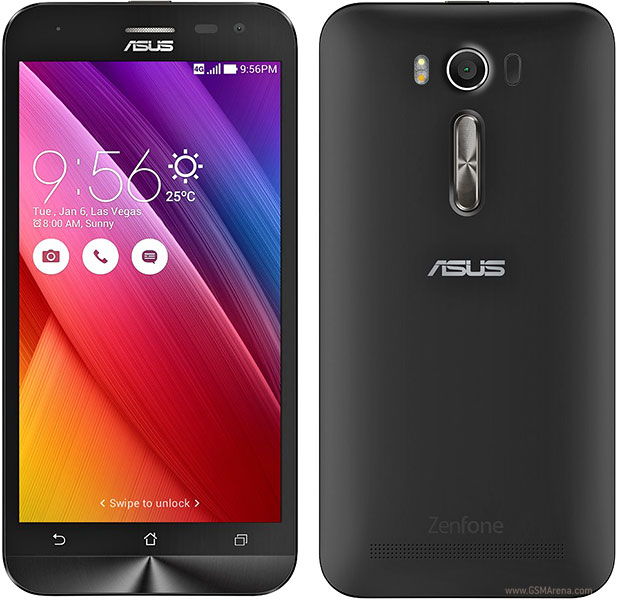
ASUS has just started to roll out Android Marshmallow updates to the ZenFone 2 Laser (ZE500KL) and this package addresses something that many users had been complaining about since launch. The ZenFone 2 Laser, in addition to all other ZenFones in the series, comes preloaded with plenty of apps that some users may find annoying. If you are not a fan of the preloaded bloatware either, you will be happy to know that this latest update will not only upgrade your phone to Android M, but will also remove most of those applications by default.
Here is a list of all the pre-installed applications which will no longer be a part of your ZenFone 2 Laser, once it has been upgraded to Android 6.0 with Build number 13.10.6.16_M3.6.44.
ASUS Backup
ASUS Calendar
ASUS Email
ASUS Messenger
Data transfer
Dr. Eye
Dr. Safety
EZ Ding
Google+
Google Settings
iReader
Mirror
Omlet
Party Link
PC Link
Photo Frame
Puffin Browser
Remote Link
TripAdvisor
What's Next
Yahoo Shopping
Zino
There will also be a few new apps installed on your ZE500KL once you perform the upgrade, but thankfully, the list is not nearly as long as the list above. Dr. Booster, Google calendar and Google Messenger are the only three new applications that you will find on your phone post upgrade. If the package has already arrived on your smartphone, here are a few things that we recommend for you to keep in mind before you go through with the download and installation.
Backup your data and move all media files to your micro-SD card.
Move all applications to your internal storage because after this update, your ZenFone 2 Laser will lose support for APP2SD.
Stay signed into your Google and ASUS accounts in order to be able to use the Multi-user feature on your smartphone.
Once you are done, let us know if you really like the bloatware free experience or would you have preferred it if the Taiwanese company left a few of the removed apps on board?
Author: Saikat Kar (Tech-journalist and enthusiast)
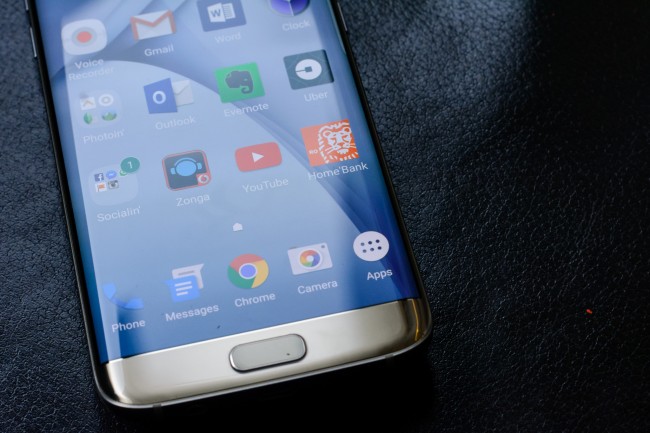
If the video above is any indication of what is to come from Samsung later in 2016, then yes! However the video is not an official teaser from Samsung, but a concept video from Jermaine Smit. Keep in mind though, that the experienced concept artist has tried to make it as realistic as he possibly could with the hard facts and floating rumors around the upcoming flagship.
Unlike most other concept videos about popular upcoming phones, this one looks hyper real and one may even believe that it's official for a while. The similarity between the upcoming conceptual device and its current real-life counterpart are so striking with subtle differences, that it almost fools even the most gadget-savvy eyes.
The subtle changes that do differentiate the hypothetical galaxy S7 Edge from the actual Galaxy S6 Edge includes a USB Type-C port, a more rectangular home button and a big sensor/camera module on the top left side of the phone. The excellent quality of his work made us check out his profile on Behance and if you want to look at a few of the Dutch artist's other videos on popular upcoming smartphones, you can take a look as well.
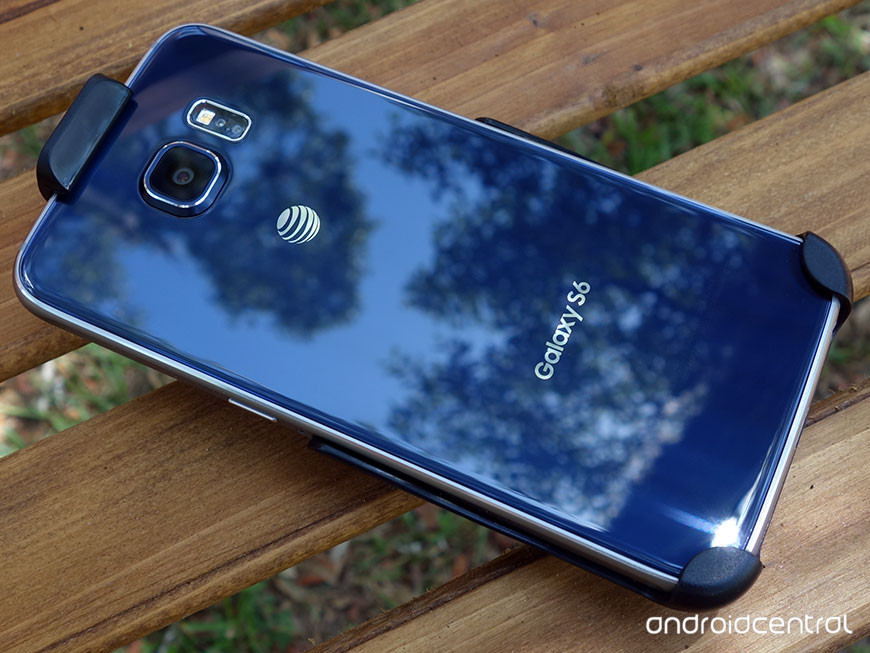
Sprint was the first carrier in the US to release Android Marshmallow updates for the Galaxy S6 and they did it back in March. Verizon was the next soon afterwards and now we are all waiting for AT&T to follow suit. Once you consider the fact that even T-Mobile has recently updated their Galaxy S6 to Marshmallow, it starts to seem a little lazy on the part of AT&T to still lag behind. Android N is due for an unveiling event later in May and to see major smartphones still running on Android Lollipop just does not feel right.
However, the good news for AT&T customers is that the Android marshmallow update from the carrier is almost on the verge of being released. This news was confirmed after the Galaxy S6 support page was updated with the info. We now know that the soon to be released package will change the version number to G920AUCU3CPC2 and the Android version to 6.0.1 on the S6.
The package will contain latest security patches updated to the last release and various other improvements that we have come to expect from Android M. Google Now on Tap, Doze Mode, improved notifications, customizable app permissions, improved UI and a host of other new features and improvements will surely be a part of this update, when it is released.
Author: Saikat Kar (Tech-journalist and enthusiast)
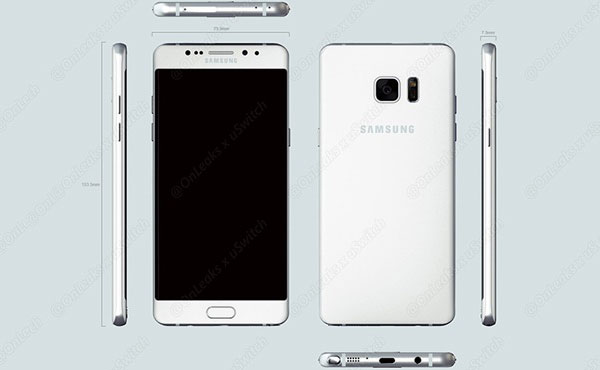
Firstly, there's the news leaked by @evleaks which suggests that the upcoming Note 7 will sport a "Blue Coral" variant for the first time. More interestingly, @evleaks also confirmed that there will be an iris scanner on the Note 7, just as previous rumors had us believing for a long time.
Secondly, latest reports from China confirm a lot of the other hardware specifications that were expected to be a part of the Note 7. The next Note may indeed sport a Qualcomm Snapdragon 821/823 SoC, coupled with 6GB of RAM and a choice of internal storage that may range in between 64GB - 256GB. Of course, there will also be an Exynos variant of the smartphone that will sport the Exynos 8893 SoC instead of the Qualcomm chip.
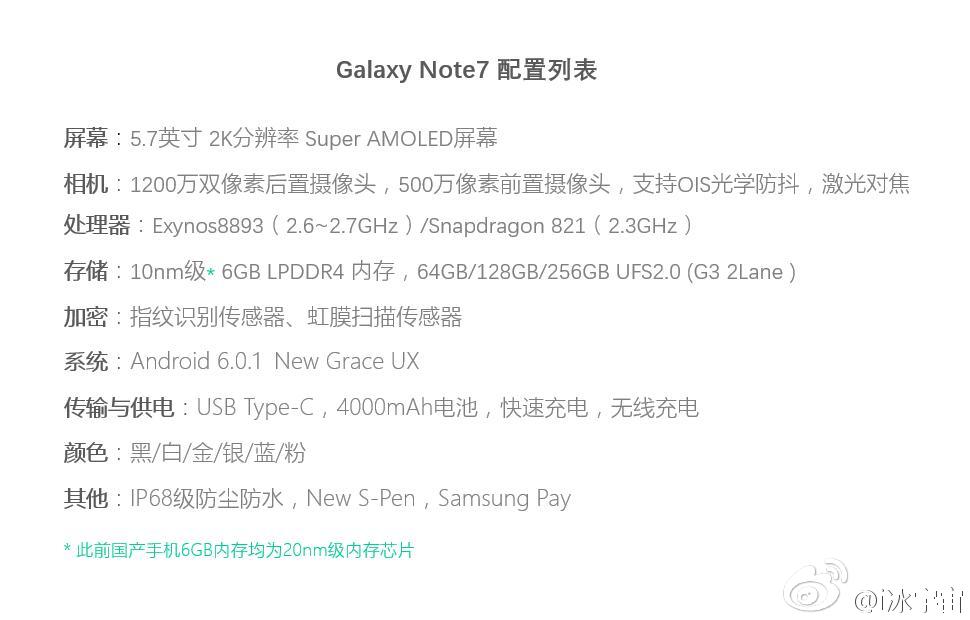
Other expected features that were confirmed by the leak include a 5.7-inch 1440p (QHD) Super AMOLED panel, a 12-megapixel rear camera with dual-pixel phase detection, a 5-megapixel selfie cam, a SD-card slot and a fast charging battery with the capacity of 4,000mAh. Everything is expected to run smoothly on a fresh, minimalistic version of the TouchWiz UI, powered by Android Marshmallow 6.0.1 and not Android N, as rumoured previously. There's also the IP68 certification for water resistance and the first USB Type-C port from Samsung. Let's see how much of this matches up to the actual Galaxy Note 7 when it's released in August.
Author: Saikat Kar (tech-enthusiast)

Everyone knows what happened with the Galaxy Note 7 and that knowledge had led experts to believe that the disaster would cost Samsung a huge sum of money; somewhere close to the figure of $17 billion to be precise. Strangely enough, the results seem to disagree.
According to the Korean tech giant, they are enjoying an operating profit of 9.2 trillion won, which is equivalent to $7.2 billion. Considering that Samsung had enjoyed a profit of 6.14 trillion won or $5.2 billion in Q4 2015, that's almost a 50% increase in profits! At this point, one has to wonder, where did the "loss" suffered by the OEM due to the failure of the Galaxy Note 7 go?
The operating profit made by Samsung in Q4, 2016 is not only bigger than Q4, 2015, but it is also the biggest ever in any quarter of any year, second only to the profits enjoyed by the company in Q3 2013. This remarkable and astonishing feat was achieved thanks mainly to its semi-conductor and OLED departments, which managed to make record amounts of profit due to demand from Chinese smartphone manufacturers. In fact, out of the 9.2 trillion won operating profit reported by the company, 4.5 trillion won ($3.8 billion) came from its semi-conductor business alone. Some experts have also pointed out that Samsung's decision to deal only in USD has also played a big part here, especially since the Korean won is comparatively weaker by a very significant margin.
Saikat Kar (tech-enthusiast)
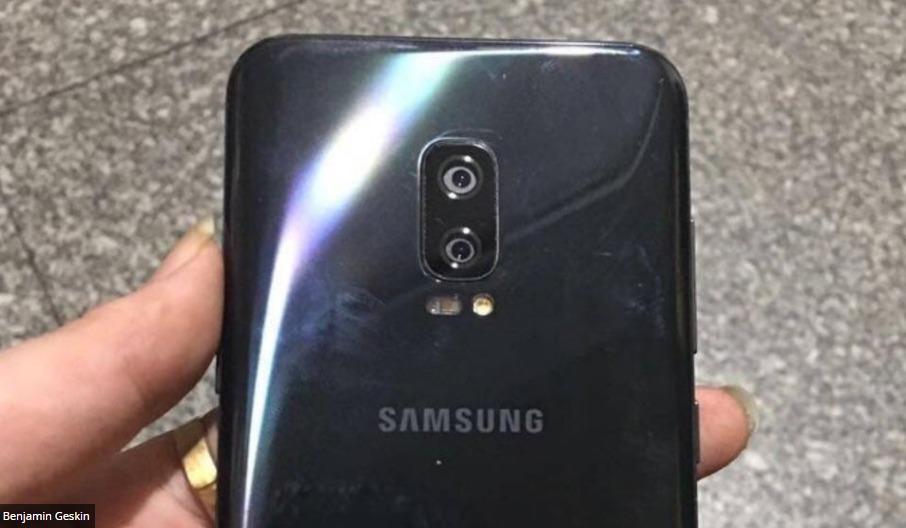
Ming-Chi Kuo from 9to5Mac is famous as the most prominent (and accurate) analyst in the world when it comes to Apple and its products, but every once in a while, he does give out some pretty interesting details about other famous brands like Samsung as well. As it happens, Ming-Chi Kuo has just made some interesting revelations which assert previous rumors that all of us had been hearing for a while about the Note 8. He believes that the Galaxy Note 8 will sport its "most important upgrade" in the form of a dual camera setup at its back.
Although we were pretty much all expecting that, he goes on to add quite a few exciting details to this little "revelation" as well. Apparently, the cameras will comprise of a 12-megapixel wide-angle CIS 2PD lens and a 13-megapixel CIS dual 6P (six element) telephoto lens. Along with dual optical image stabilization, there will also be the option to use 3X lossless optical zoom. He even excitedly predicts that the camera setup will produce images that will rival those taken by the upcoming OLED iPhone.
Kuo also goes on to mention that the Note 8 will sport a display with an 18.5:9 ratio and 1440 x 2960 resolution, just as the one seen on the S8+, but even bigger at 6.4-inches. The Qualcomm Snapdragon 835 and the Exynos 8895 will likely be powering the Note as well.
Saikat Kar (tech-enthusiast)

It is very hard to determine which one is the best Android smartphone of them all, but if that contest was purely based on the smoothest and purest Android experience possible, the title would have to go the Google Pixel and Pixel XL. However, that was back in 2016 and we are now almost on the verge of seeing new iterations of the two smartphones from Google in the form of the Pixel 2 and Pixel 2 XL. So without further ado, let us introduce you to the two smartphones with the specs that we know about so far. Do keep in mind that these are based on rumors and leaks, so minor changes might be present in the final version.
Pixel 2
4.97-inch OLED panel with FHD resolution, Active Edge
Qualcomm Snapdragon 835/836 SoC
4GB of RAM
64GB/128GB internal storage
Twin front facing stereo speakers
No headphone jack
IP67/IP68 rating
Pixel 2 XL
5.99-inch, borderless OLED panel with QHD+ resolution at 18:9 aspect ratio, Active Edge
Qualcomm Snapdragon 835/836 SoC
4GB of RAM
128GB internal storage
Twin front facing stereo speakers
No headphone jack
IP67/IP68 rating
![]()
Launch date for both devices is said to be October 5 by Evan Blass on Twitter but we will of course have to wait to find out for sure. The Pixels sported amazing cameras last year, so it would be interesting to see if they can do one better this year.
Saikat Kar (tech-enthusiast)
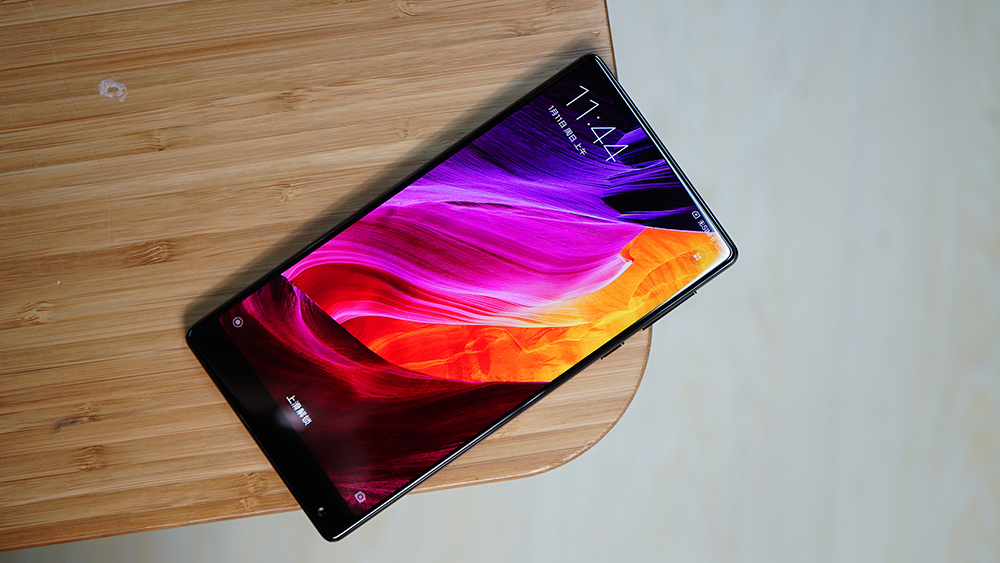
The Xiaomi Mi Mix is currently the most talked about smartphone in the world, thanks to the brilliant design it brings to the plate with a near bezel-less display which boasts of a screen-to-body ratio of 91.3%. Nevertheless, we will surely see a lot more of the same design from other manufacturers next year, so here's a list of the best bezel-less smartphones that are coming in the near future.
Samsung Galaxy S8
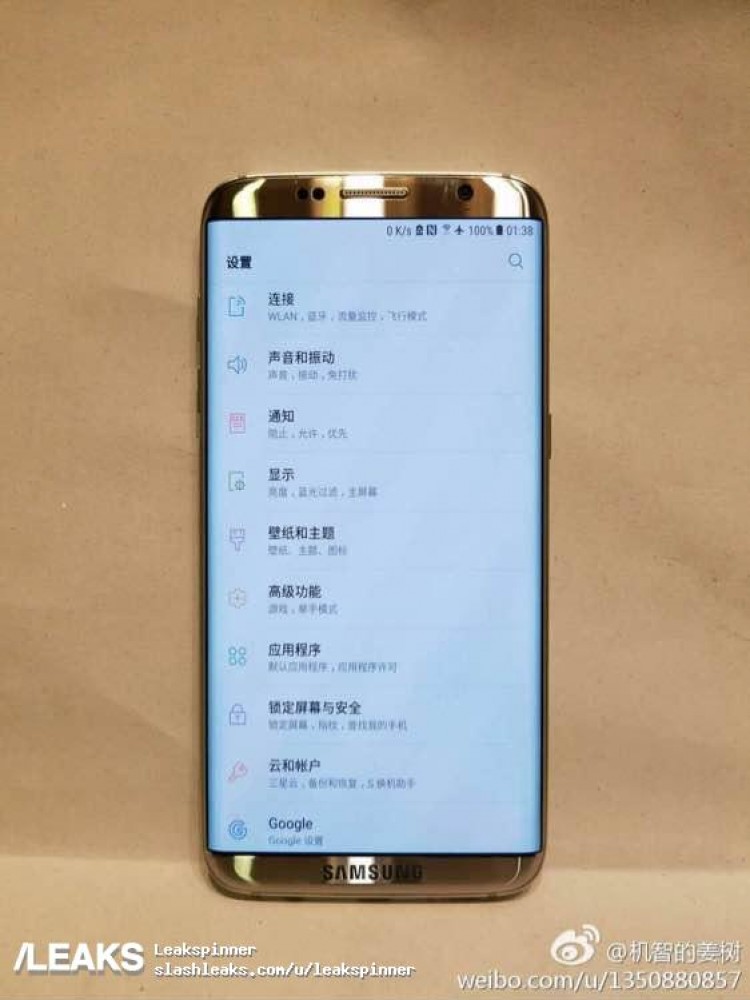
There were rumors, but after a hint by Samsung senior engineer Park Won-sang, it's almost a certainty that at least one version of the S8 is going to feature an edge-to-edge Super AMOLED display with more than 90% screen-to-body ratio.
Apple iPhone 8
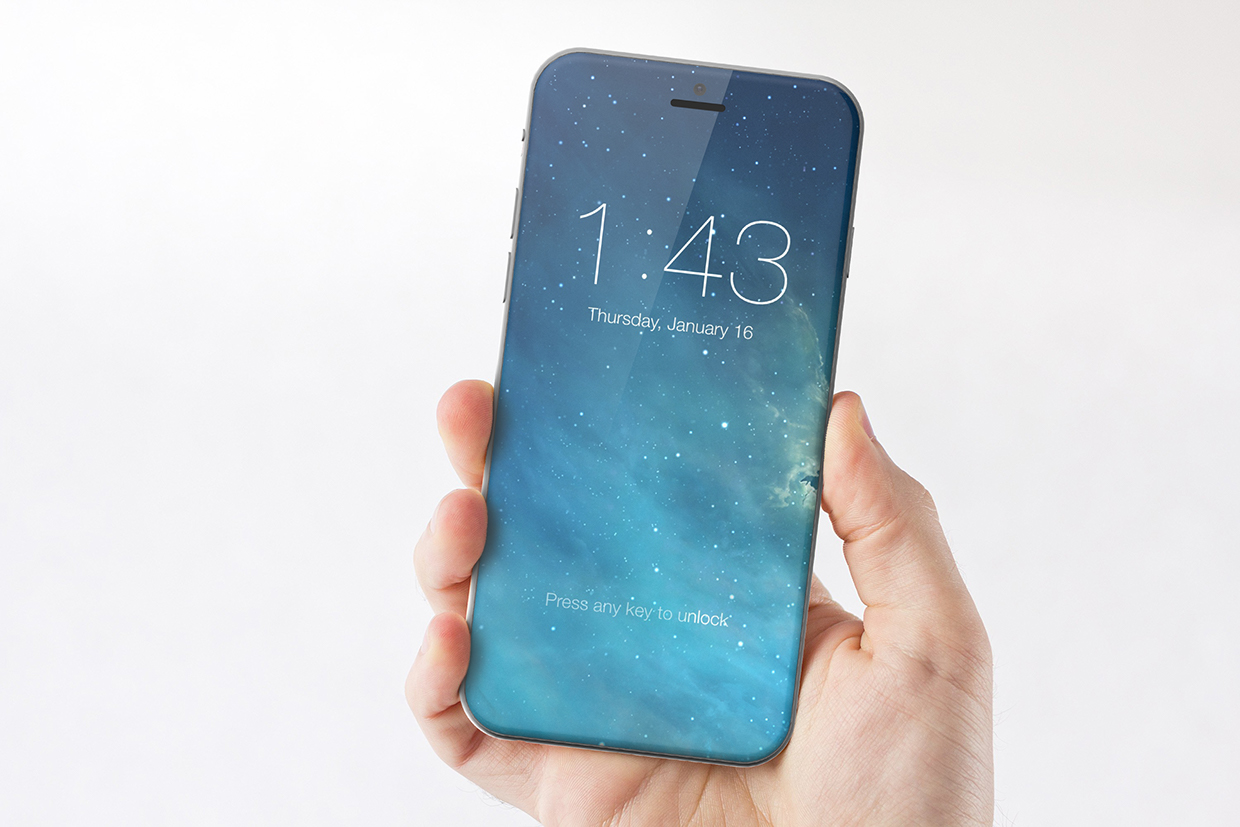
If we take a report by Barclays Research seriously, then Apple is about to mark the 10th anniversary of the iPhone with a curved edge-to-edge OLED display.
Huawei "Quad-Edge screen"
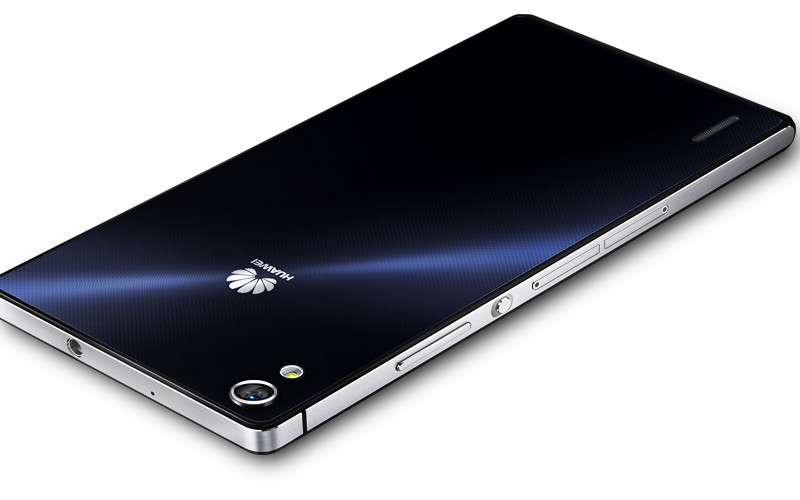
We don't know the name of the phone yet, but what we do know is that a Huawei phone is coming with an all-screen display that's curved on the four corners and it's being termed as the "Quad-Edge screen."
Meizu Pro 7
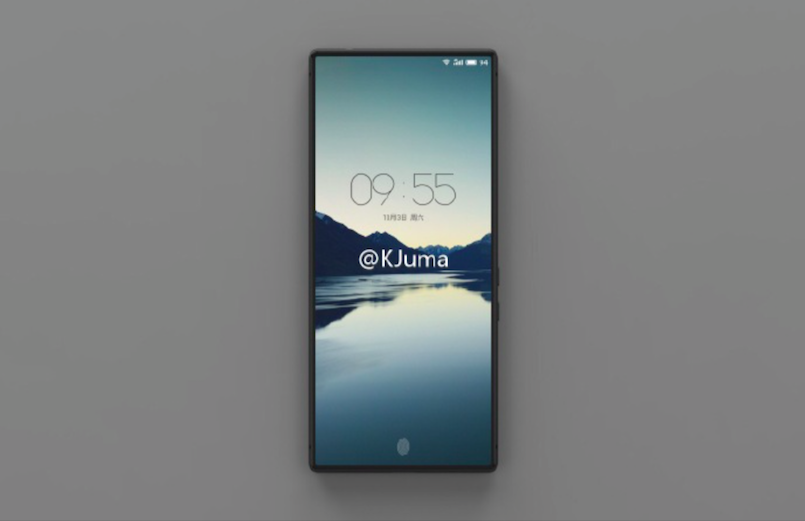
If the rumors surrounding the Meizu Pro 7 turn out to be true, then it's going to sport a 2160 x 1080 AMOLED display, with a screen-to-body ratio of more than 96%!
What do you think about the borderless design? Are they the future of smartphone displays, or just a temporary fad?
Saikat Kar (tech-enthusiast)
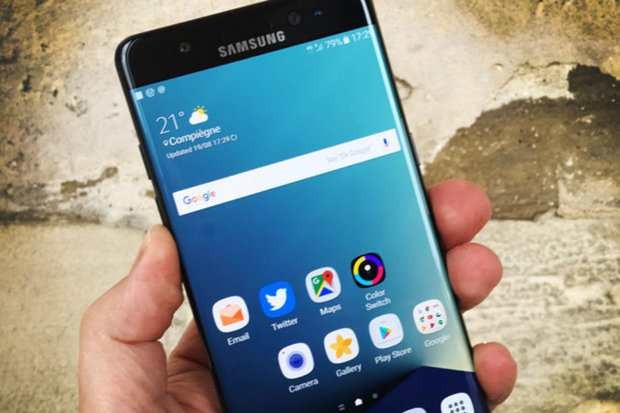
We have good news for owners of the Galaxy S7 and Galaxy S7 Edge today as the final builds of Android 7 Nougat that Samsung is going to send out to all its customers, are almost ready. Vodafone Australia has made it official via an update onto its website on December 15 that Carrier testing for the much awaited Android Nougat update has already started. Check out the details in the screenshot below.
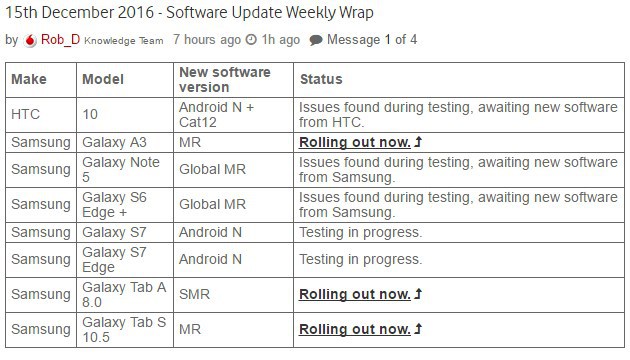
It was to be expected since the Galaxy Beta Program is coming to an end along with the year 2016. Previous reports and rumors had stated that the OEM would be updating its current flagships with the Nougat OS in early 2017 and it seems like those were right on the money. If you have been following us, then you should know that Samsung is going to skip Android 7.0 and go straight to v7.1.1 while releasing the final OTA update. While the differences in-between Android 7.0 and 7.1.1 aren't earth-shattering, it's always good to know that an OEM is going to provide the latest version of the Android OS to its premium customers.
Head over to https://forum.youmobile.org/downloads/ to find all the latest updates for your smartphone.
Saikat Kar (tech-enthusiast)
© 2023 YouMobile Inc. All rights reserved






